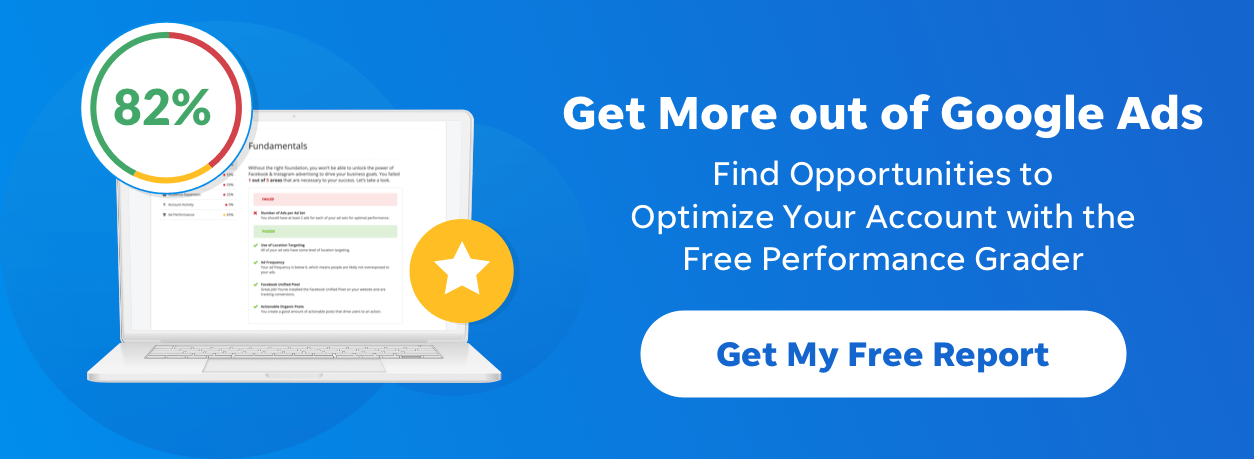
Where’s Mesothelioma, What Is Cord Blood & Other FAQs About Our Most Expensive Keywords Study
Earlier this week we released a study that revealed the 20 most expensive, high-search-volume keyword categories to provide some insight into where Google makes all its billions in ad revenues, as well as tips on how to target super-competitive keyword verticals.
The response was overwhelming! I’d like to especially thank Ryan Singel at Wired Magazine, Laurie Sullivan at Media Post, and Karen E. Klein from Financially inKleined who helped us get the story out early on, as well as the thousands of folks who blogged and tweeted about the story this week. (And of course thanks to my colleague, the brilliant Ms. Elisa Gabbert, for having come up with the idea in the first place!)
In this post I would like to briefly talk about the most common questions that came up about the study in the blog comments and on Twitter.
Why Isn’t Mesothelioma in the Top 20?!
By far the most common question people were asking was about the apparent demise of mesothelioma among the most expensive keywords. Several years ago a study was released that found “Mesothelioma” to be the most expensive keyword in the world. Mesothelioma, a rare form of cancer, usually caused by exposure to asbestos, is very valuable to search marketers because of million-dollar asbestos lawsuit settlements. So why isn’t “mesothelioma” in the top 20?
Our study was different from the older study because we looked for large, high-volume keyword categories, as opposed to looking for just expensive individual keywords. So keywords containing the word “Mesothelioma” were rolled up in several of our top keyword categories, including #19, the “Treatment” category (example search query: “Mesothelioma Treatment”) as well as our “Attorney” and “Lawyer” keyword categories (e.g. “mesothelioma lawsuit”).
What Is Cord Blood? What’s That Doing There?
A lot of people were wondering about cord blood, what it is and why it’s on the list. Take this discussion on Wired for example:
In fact so many of you were probably wondering the same thing – “Cord Blood” was listed as a trending topic yesterday on the Homepage of Yahoo.com, and we appear to have caused a 30x spike in the daily search volume for cord blood on Google, according to Google Trends!!
When I first compiled the study results, I didn’t know what “Cord Blood” was either! It turns out the industry has to do with rich parents preserving their children’s umbilical cord with the idea that the stem cells in it will be able to cure diseases in the future. The storage of cord blood has a large upfront cost and substantial ongoing payments (presumably you’d want to store it forever), so I think that this is another example of an industry that can make lots of money from a single customer over a long period of time — making it not unwise to pay $27 per click, even if only one out of 50 of those who click on the ad actually signs up for the service.
What About Travel Keywords?
Our study was conducted on a list of the top 10,000 most expensive, high-volume keywords on AdWords which we compiled from our trillion-keyword database and the Google Keyword Tool. Since travel is a low-margin business (with much lower average CPC’s), there just weren’t a lot of travel keywords in the top 10,000 most expensive keywords that we analyzed. This isn’t to say that Google doesn’t make lots of money off travel by any means.
What About Keyword Categories #21 and Beyond?
A few of the observant readers from Wired, Twitter and elsewhere noticed that the percentages in our pie chart didn’t add up to 100%. The individual slices, when added together, totaled around 70%. What’s up with that?
What’s missing is a pie slice category called “Other Keywords,” which make up around 30% of the pie. That 30% consists of over a thousand smaller keyword categories, each taking up a smaller and smaller piece of the pie. It’s the “long tail” of smaller keyword categories that in total generate a tremendous amount of revenue for Google.
Our graphic designer decided that it was more important to showcase the named keyword categories on the graph rather than having the keyword category called “Other” (which would have eclipsed “Insurance” as the number 1 keyword category). So that’s what was up with that.
What’s It All Mean?
The story I told about this data had to do with the kinds of industries that would be willing to pay a lot for each click, since the ROI on attaining a new customer is so high. But one funny commenter on the Big Picture blog had a different interpretation:
Insurance, loans, mortgage, credit … winding up with rehab and treatment, when you might finally have to use that banked cord blood. Sound like your life story?
What Else Do You Want to Know?
We’re in a unique position: we have access to a huge amount of keyword data with a lot of fascinating insights buried inside. What other questions about AdWords and keywords would you like to see answered here?
Hit me up on Twitter:
More Articles Like This
Comments
Please read our Comment Policy before commenting.








